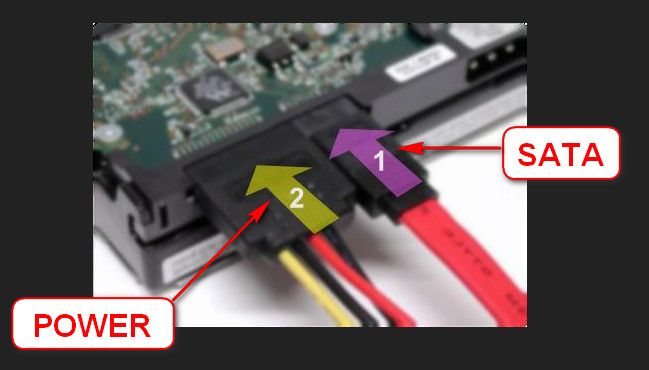New
#1
BSoDs & Driver Problems (Bootcamp)
Hey there. First off I'm just going to warn that I have a feeling this is a probably complex issue. I'd really really really appreciate it if someone could help me fix it once and for all but I'm not really sure how much work will be required. I'm explaining the entire situation below. Please do not tell me that this is the wrong forum unless you're also giving me a better place to put this. I have tried a lot of places and I've gotten no solution.
So basically I have a late 2012 iMac. OS X works fine and never crashes but once I start using bootcamp stuff goes crazy. And I'm pretty sure it's not me making a configuration error because (I am not exaggerating at all with this statement) I have tried to set it up around fifteen times with various configurations (e.g. WXP/7/8/8.1, bootcamp/gparted formatted partition, using created partitions / deleting all partitions on the drive and creating a new one in the installer, ... x10). I am QUITE certain this is not a simple mistake on my part. The HDD variety will matter from the next p. I am using Windows 7 64-bit SP1 right now.
The Windows installation goes fine, as does installing bootcamp, as does installing updates. But every few hours to every 2 days or so it BSoDs, usually with KERNEL_DATA_INPAGE_ERROR. This happens whether I have activated it or not. The worst part is that by the time I see it coming, I have no way of stopping it. Often first the application I'm using will stop working (e.g. chrome) and things slow down, and a few seconds after I use explorer.exe / eventually it will BSoD. I have no chance to save. I've attached a picture of one of the BSoDs (sorry the right is cut off, but that parameter varies anyway). It's not always KERNEL_DATA_INPAGE_ERROR but it seems to usually be. The other one doesn't display a name and I haven't gotten a picture of it yet (again, once either happens again I will get a careful, full picture).
That's not all. My USB mouse keeps randomly disconnecting and reconnecting, though it seems to be mostly better. I've heard of this before and researched it as best I could but no solutions I could find worked (including, of course, setting the hubs to not turn off to save power).Never mind, a new mouse doesn't have that problem. Strangely the old one has no problems on my Windows laptop or in OS X. There are a few other "oddities" I could point out but for the most part other than those things it's normal.
More weird than the crashes are the crash logs, or, rather, the lack of crash logs. In Event Viewer all I see is:
The Windows Error Reporting Service service entered the running state.
The Windows Error Reporting Service service entered the stopped state.
The Software Protection service entered the stopped state.
... (a few mins later) ...
The operating system started at system time 2016-05-05T23:45:21.109999400Z.
I have never seen an error from the BSoDs, though admittedly I've only looked a couple times. I'm looking in Windows Logs\System, though I've also looked in all the others.
When it BSoDed I let it finish the recording process and reboot, though since it didn't let me choose an OS after a few mins I force restarted. I have it configured to create minidumps (config shown in screenshot. The only thing that's different now is that after the last BSoD I disabled the automatic reboot to give me more time to take a picture). I really doubt that this could be the cause but next time I'll let it fully reboot. The only problem is that when it does that it automatically boots into OSX, so I held alt to choose the partition and none showed up so I restarted.
That's all I can think of for now. I know this is probably a lot to diagnose (and probably a shot in the dark) but if you or anyone you know has had a similar problem, please please please post solutions. I'll wait like 30 minutes next time for it to restart and not hold alt after it starts to reboot just in case that might be interfering. BTW I'm using Bootcamp software 5.1.5621 (support.apple.com/en-us/HT205016). I tried the newer version but if I recall correctly I got an error about my machine not being supported, so I'm pretty confident I installed the right version.
Again, if this is the wrong place, please tell me where I have a decent shot at fixing this. It pains me very deeply to have a $1000 piece of metal that I can't use. I know I can virtualize but the performance is worsened and I'd like to do some things that just run unacceptably slow (e.g. games and some RE and dev software).
Thanks in advance
Lupe
Last edited by lupeteyssandier; 20 May 2016 at 17:05.


 Quote
Quote